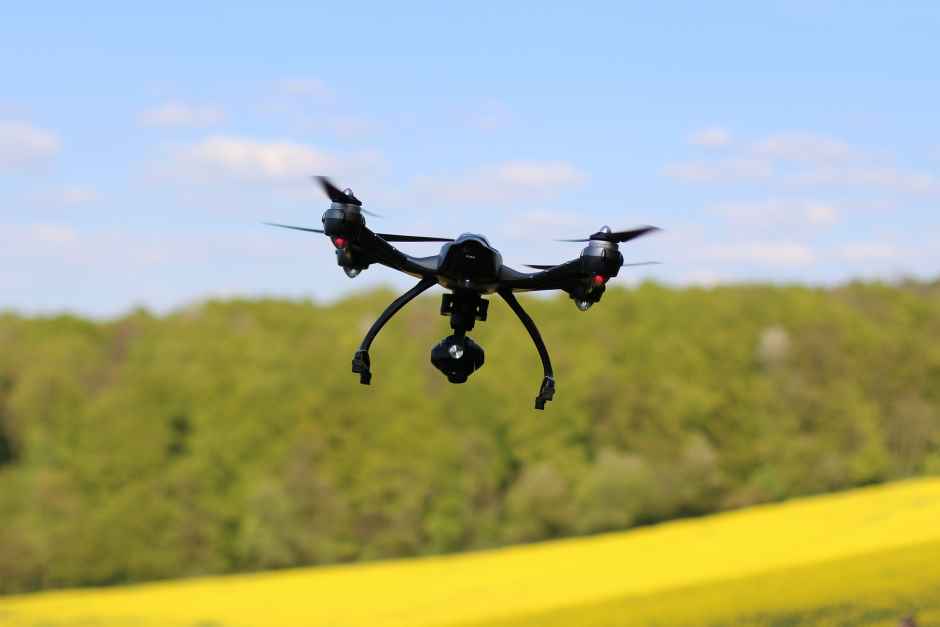How drones have risen to the Covid-19 challenge
The use of drones to deliver medical supplies to remote areas during the pandemic has provided a compelling illustration of the technology's utility writes Jason Ford.

Covid-19 has given a relatively new type of aircraft a chance to flourish in an era of social distancing and in places where the disease has disrupted the delivery of supplies.
With varying degrees of efficacy, aerial drones have been used during the pandemic to spray disinfectant, broadcast messages to disperse crowds, monitor people’s temperatures and deliver medical supplies.
Indeed, with ferry services to the Isle of Wight curtailed, Solent Transport, Southampton University and Windracers embarked on a project to fly medical supplies to St Marys Hospital on the island with a drone.
The Windracers ULTRA (Unmanned Low-cost TRAnsport) UAV, capable of carrying 100kg but laden with loads of up to 40kg, completed the flight to the island on May 9 from Solent Airport, Hants, in 13 minutes.
In Scotland, UK drone delivery provider Skyports partnered with Thales SOARIZON to deliver COVID-19 test kits and PPE between two hospitals 10 miles apart in the Scottish Highlands.
Register now to continue reading
Thanks for visiting The Engineer. You’ve now reached your monthly limit of news stories. Register for free to unlock unlimited access to all of our news coverage, as well as premium content including opinion, in-depth features and special reports.
Benefits of registering
-
In-depth insights and coverage of key emerging trends
-
Unrestricted access to special reports throughout the year
-
Daily technology news delivered straight to your inbox










Water Sector Talent Exodus Could Cripple The Sector
Maybe if things are essential for the running of a country and we want to pay a fair price we should be running these utilities on a not for profit...